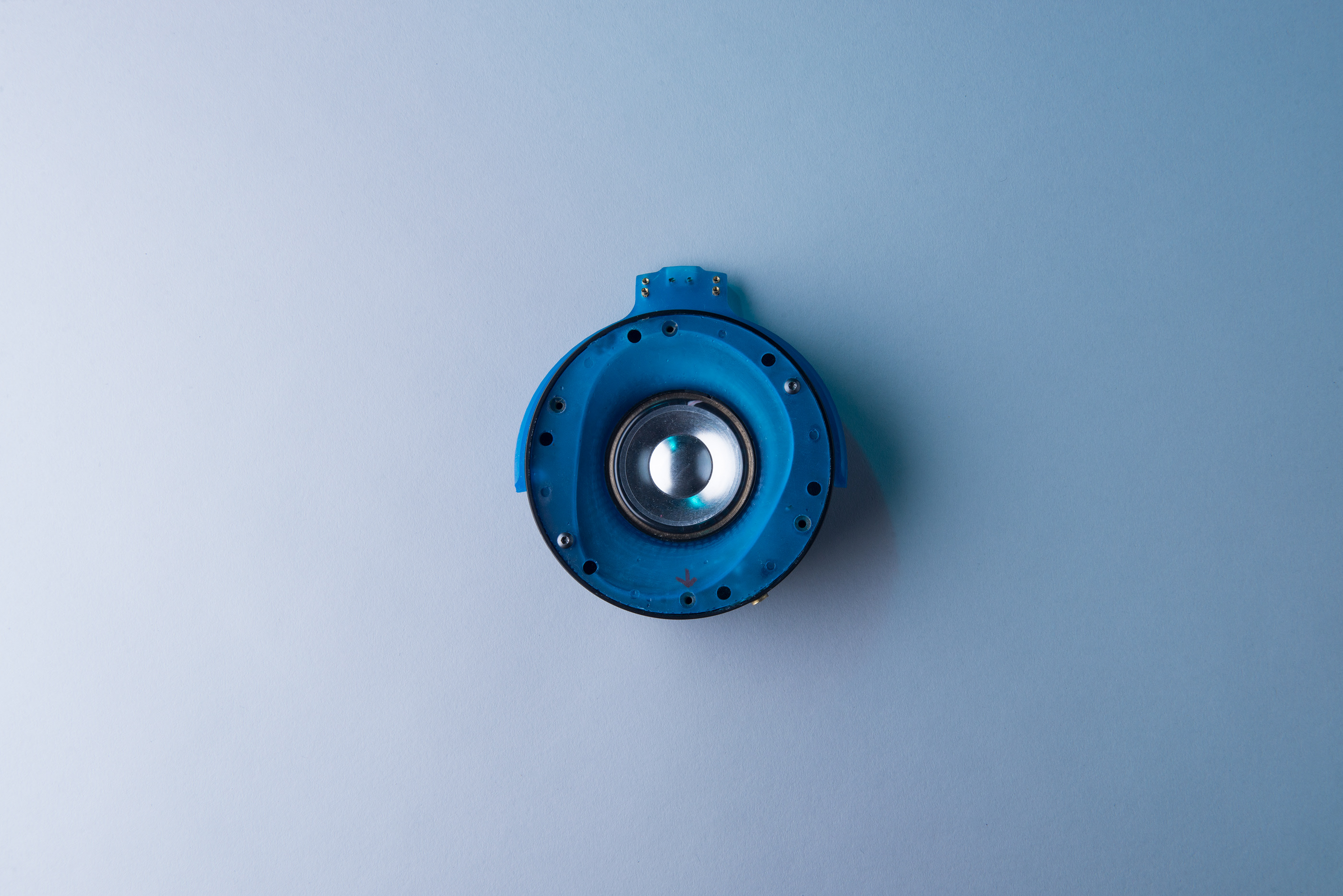So I had an itch for some new cans and during a lengthy research process I realized Focal uses drivers with a rubber surround. More like normal loudspeakers for bookshelf speakers for instance. Curious. Maybe even daft for such a small space close to your ears?
Anyway, I didn't get Focal. I went with a used pair of Audioquest NightOwls. Maybe I'll get Focal in the future, but whatever, the point is as it turns out the NightHawk and NightOwls also use rubber surround with their drivers. I didn't realize this at first, but later read about it. Interesting.
How many other headphones do this?? I started googling but of course the results are about "surround sound" Ugh. Ok. But I did manage to find a pair of gaming headphones that used drivers with rubber surround too. So is there something to this? Is it just an obscure trend that doesn't necessarily result in any kind of real benefit? Difference, sure, but what's the point I wonder?
Ugh. Ok. But I did manage to find a pair of gaming headphones that used drivers with rubber surround too. So is there something to this? Is it just an obscure trend that doesn't necessarily result in any kind of real benefit? Difference, sure, but what's the point I wonder?
So I dig deeper and saw a company going on about LSR (liquid silicon rubber) surround drivers. I start Googling "LSR" now and I turn up more results, this time for more in-ear type earphones. They aren't necessarily expensive either.
Ok, so it's not any fancy moon technology. It's just different. Make senese... But is there a list of headphones that use this technique? What kind of difference does it make?
I'm curious, for science of course. Or is it all marketing and no science?
Anyway, I didn't get Focal. I went with a used pair of Audioquest NightOwls. Maybe I'll get Focal in the future, but whatever, the point is as it turns out the NightHawk and NightOwls also use rubber surround with their drivers. I didn't realize this at first, but later read about it. Interesting.
How many other headphones do this?? I started googling but of course the results are about "surround sound"
 Ugh. Ok. But I did manage to find a pair of gaming headphones that used drivers with rubber surround too. So is there something to this? Is it just an obscure trend that doesn't necessarily result in any kind of real benefit? Difference, sure, but what's the point I wonder?
Ugh. Ok. But I did manage to find a pair of gaming headphones that used drivers with rubber surround too. So is there something to this? Is it just an obscure trend that doesn't necessarily result in any kind of real benefit? Difference, sure, but what's the point I wonder?So I dig deeper and saw a company going on about LSR (liquid silicon rubber) surround drivers. I start Googling "LSR" now and I turn up more results, this time for more in-ear type earphones. They aren't necessarily expensive either.
Ok, so it's not any fancy moon technology. It's just different. Make senese... But is there a list of headphones that use this technique? What kind of difference does it make?
I'm curious, for science of course. Or is it all marketing and no science?





















